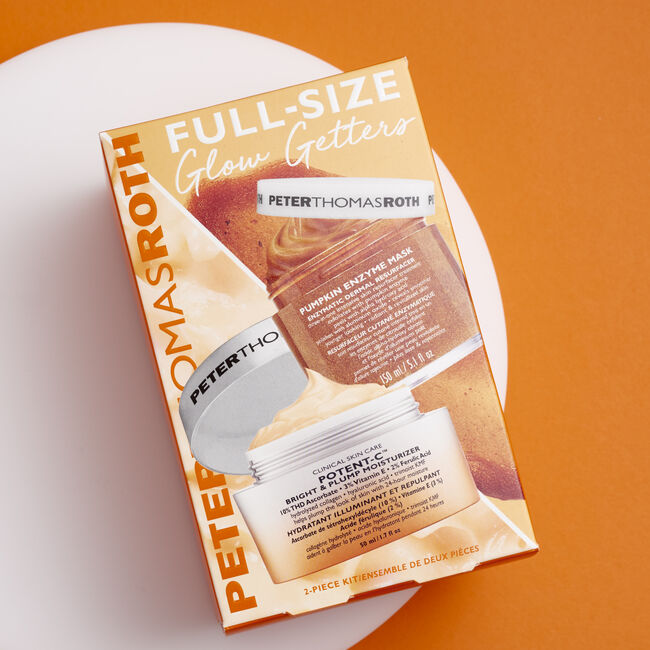Dyson Airwrap™ Attachment upgrade Complete Long | Iron/nickel
Upgrade your Dyson Airwrap™ multi-styler Complete long with re-engineered attachments that use powerful Enhanced Coanda airflow for increased control. For hair chest-length or longer.
Category: Beauty
Tag: Dyson Airwrap™ Attachment upgrade Complete Long
-
Full-Size Glow Getters 2-Piece Kit – 9908672
Rated 5.00 out of 503Full-Size Glow Getters 2-Piece Kit – 9908672
Rated 5.00 out of 503 -
The Ordinary AHA 30% + BHA 2% Peeling Solution – Ulta Beauty
Rated 4.89 out of 509The Ordinary AHA 30% + BHA 2% Peeling Solution – Ulta Beauty
Rated 4.89 out of 509 -
The “Gotta Get” Set | Jupiter
Rated 5.00 out of 504The “Gotta Get” Set | Jupiter
Rated 5.00 out of 504 -
The Daily Vaginal Lotion & Applicator – KINDRA
Rated 4.60 out of 505The Daily Vaginal Lotion & Applicator – KINDRA
Rated 4.60 out of 505
For hair that’s chest-length or longer
The Dyson Airwrap™ Attachment upgrade Complete Long includes:
- 30mm Airwrap™ long barrel
- 40mm Airwrap™ long barrel
- Coanda smoothing dryer
- Soft smoothing brush
- Firm smoothing brush
If your hair is shorter than chest-length, discover the Dyson Airwrap™ Attachment upgrade Complete.
Mermaid waves
Soft, unstructured waves for longer lengths. Using the Coanda smoothing dryer and 30mm long barrel.
Sleek side part
A sleek, everyday look with minimal flyaways. Using the Soft smoothing brush and Coanda smoothing dryer.
Curly blow out
A glamorous finish featuring big, bold curls. Using the 40mm long barrel and Firm smoothing brush.
Submit your review Cancel reply










Reviews
There are no reviews yet.